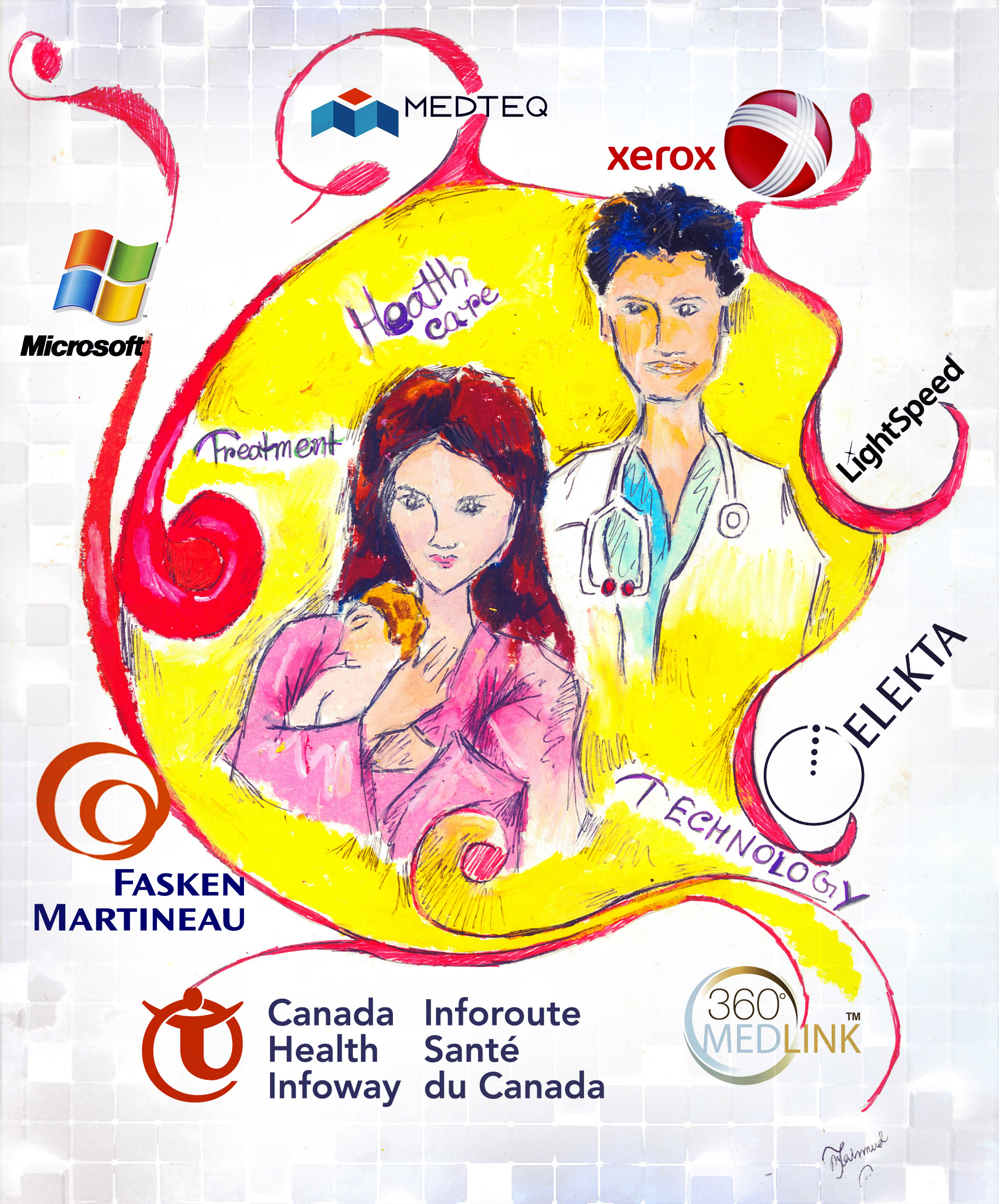As advances in technology bring novel tools and improvements to many aspects of our daily lives, such as in banking, communication, and diagnostic medicine, it is surprising that technological advancements in medical practices have remained relatively stagnant over the last decade.
This is mainly due to the limitations of approaches that introduce technology into the healthcare system, as pointed out in an article in Technology Innovation Management Review by Jeeshan Chowdhury, a researcher on health information systems. Specifically, large-scale applications, implemented by government or corporate organizations, require a long time to develop, and a large maintenance budget. An example of this is OACIS (Open Architecture Clinical Information System), an electronic health record system used by the McGill University Health Centre (MUHC) hospitals. Because these systems are often geared toward data collection, they do not serve the specific needs of health professionals for patient care and are often inconvenient to use. On the other hand, smaller applications initiated by software developers are more user-friendly and affordable in comparison, but they tend to focus more on self-help or fitness and wellness, and lack systematic testing. Therefore, during the implementation of these approaches, fundamental medical and clinical practices are often not addressed.
Between February 21 and 23, over 500 individuals gathered to participate in a healthcare-oriented hackathon that aimed to bridge the social and technical barriers among experts across the fields of medicine, technology, and design, to fulfill the growing need for innovation. The event was organized by Hacking Health Montreal in collaboration with HEC Montréal (École des Hautes Études Commerciales de Montréal) and Sainte-Justine’s Hospital, where the participants gathered for a focused and collaborative journey to develop working technological prototypes to target healthcare issues. According to Etienne Langace, one of this year’s organizers, this was in fact one of the biggest and most attended healthcare hackathons in the world.
During the event, teams pitched ideas and developed prototypes for demonstration, which were scored by a judging panel at the end of the weekend. Examples of prototypes ranged from cutting edge diagnostic tools for early autism to mobile-based applications for nurses to organize patient information.
The event provided a way to initiate team momentum by facilitating team communication, management, and business plan formulation. Although the organizers of Hacking Health attempted to promote team formation prior to the start of the event, the amount of time available to develop the projects was extremely limited, and insufficient to develop large-scale projects. In response to concerns about how impactful Hacking Health was, participants of one of the winning teams, “Justine Time,” told The Daily, “It was [a] great [place] to meet people, and get the team started […] but it’s really now that we are actually developing the product and thinking about long-term developments.”
“The crux is what happens after […] about half of the participants end up continuing their Hacking Health projects with their team after the event,” Lagace told The Daily. While Hacking Health events aim to be impactful on targeting healthcare issues, the reality sometimes falls short of what they claim to deliver. Considering the guidance and support that is required long after the weekend-long event is over, Hacking Health’s current lack of empirical data on the long-term impact to generate lasting entrepreneurship implies that a structured support system for the start-up teams is yet to be put in place.
Another problem that arises from bringing together experts of very specialized fields such as computer programming, design, and medicine, is that often there isn’t enough experience on managing the transition of the project into a business plan. This can potentially limit the start-up teams from obtaining meaningful economic returns.
Though hackathons hold irreplaceable value in bringing experts together, they still have a way to go to establish a structure for lasting impact.

